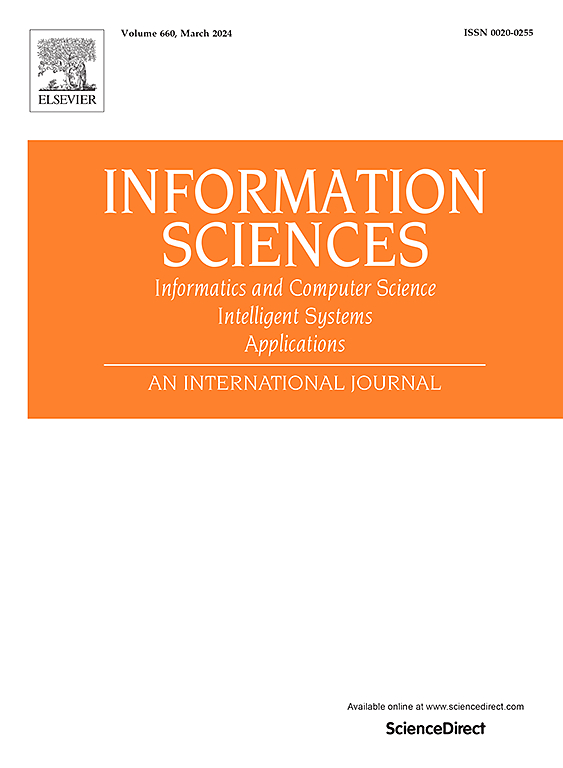针对时间序列分类的不可检测对抗性攻击
IF 8.1
1区 计算机科学
0 COMPUTER SCIENCE, INFORMATION SYSTEMS
引用次数: 0
摘要
虽然深度学习模型在时间序列分类方面表现出了优越的性能,但最近的研究发现,微小的扰动可以欺骗各种时间序列模型。此漏洞构成严重威胁,可能导致现实世界系统(如物联网(IoT)设备和工业控制系统)发生故障。为了保护这些系统免受对抗时间序列的影响,最近的研究提出了一种使用时间序列特征的检测方法。然而,在本文中,我们揭示了这种基于检测的防御可以很容易地绕过。通过对现有对抗性攻击和生成的对抗性时间序列示例的广泛调查,我们发现它们往往忽略局部区域的趋势,并在原始示例中添加过多的噪声。在此基础上,我们提出了一种新的自适应攻击,即趋势自适应区间攻击(TIA),它采用趋势自适应损失和基于梯度的区间选择来产生难以检测的对抗时间序列。实验结果表明,该方法能够很好地保持原始时间序列的重要特征,并在不被检测到的情况下欺骗各种时间序列模型。本文章由计算机程序翻译,如有差异,请以英文原文为准。
Towards undetectable adversarial attack on time series classification
Although deep learning models have shown superior performance for time series classification, prior studies have recently discovered that small perturbations can fool various time series models. This vulnerability poses a serious threat that can cause malfunctions in real-world systems, such as Internet-of-Things (IoT) devices and industrial control systems. To defend these systems against adversarial time series, recent studies have proposed a detection method using time series characteristics. In this paper, however, we reveal that this detection-based defense can be easily circumvented. Through an extensive investigation into existing adversarial attacks and generated adversarial time series examples, we discover that they tend to ignore the trends in local areas and add excessive noise to the original examples. Based on the analyses, we propose a new adaptive attack, called trend-adaptive interval attack (TIA), that generates a hardly detectable adversarial time series by adopting trend-adaptive loss and gradient-based interval selection. Our experiments demonstrate that the proposed method successfully maintains the important features of the original time series and deceives diverse time series models without being detected.
求助全文
通过发布文献求助,成功后即可免费获取论文全文。
去求助
来源期刊

Information Sciences
工程技术-计算机:信息系统
CiteScore
14.00
自引率
17.30%
发文量
1322
审稿时长
10.4 months
期刊介绍:
Informatics and Computer Science Intelligent Systems Applications is an esteemed international journal that focuses on publishing original and creative research findings in the field of information sciences. We also feature a limited number of timely tutorial and surveying contributions.
Our journal aims to cater to a diverse audience, including researchers, developers, managers, strategic planners, graduate students, and anyone interested in staying up-to-date with cutting-edge research in information science, knowledge engineering, and intelligent systems. While readers are expected to share a common interest in information science, they come from varying backgrounds such as engineering, mathematics, statistics, physics, computer science, cell biology, molecular biology, management science, cognitive science, neurobiology, behavioral sciences, and biochemistry.
 求助内容:
求助内容: 应助结果提醒方式:
应助结果提醒方式:


